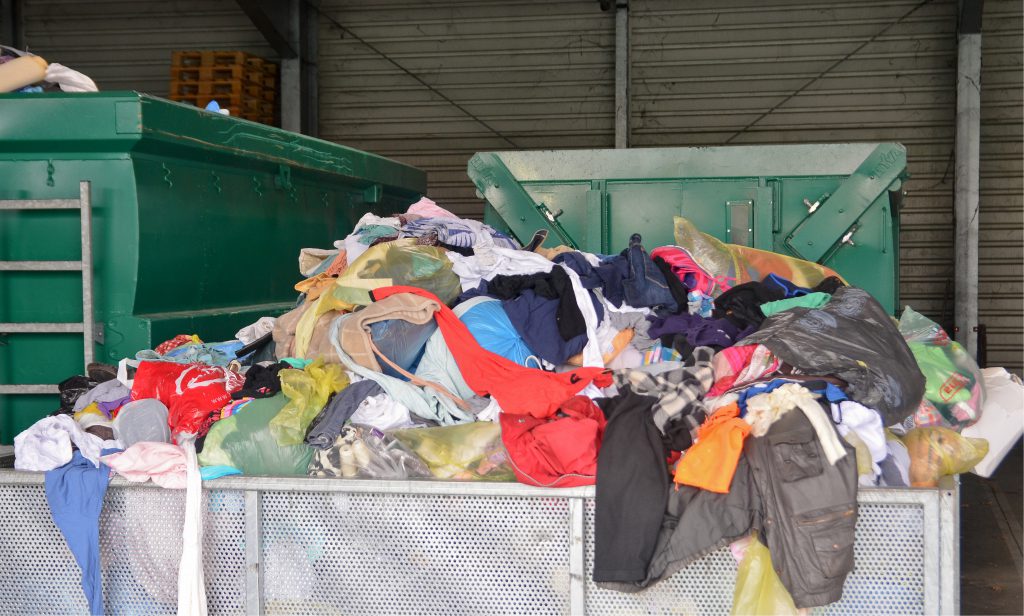While we all love a bargain, there’s nothing quite like purchasing luxury, designer clothing that is timeless and you can wear for years. And while it might feel like purchasing those high-end clothes is nothing more than an indulgence, there is actually an earth-friendly reason for buying clothes that last beyond one season.
Fast Fashion
You may have heard the term “fast fashion.” Fast Fashion pertains to clothing items that are inexpensive, made in bulk, and are often found in stores like H&M or Zara. Retailers in this market are able to mass produce their designs at a low cost, and pass that low cost onto consumers.
The Dark Side
Unfortunately, part of the reason these clothes are such a steal is due to the low wages paid to workers by the supply chains that make them. Many of these suppliers run overseas garment factories in developing countries, where workers barely eke out a living and the working conditions are less than optimum.

In addition to questionable employment practices, the sheer volume of clothing produced by these retailers makes a huge yearly contribution to the world’s growing waste problems. Every year, we send more than 10 million tons of used textiles to landfills, the majority of which are actually recyclable and reusable. Many clothing items, especially those cheap and easy poly blends, aren’t biodegradable and end up taking up space on this planet for much longer than you ever wore them.
Smaller designers have also felt the pinch of fast fashion, trying to put their own lines out to the public in an industry that is literally glutted with product. Bigger designers deal with fast fashion businesses copying their work, which can feel a lot like theft when a designer has put their heart and soul into creating a certain look.
The good news is, the fast fashion landscape is changing, albeit maybe not quite fast enough. Many of the bigger “throwaway fashion” retailers are struggling as people move toward quality over quantity. Companies like Forever21, one of the first retailers to embrace the fast clothing movement, have dealt with plummeting sales, store closures and bankruptcy. Other companies, like Zara, have pledged to make their clothing lines from 100 percent sustainable fabrics by 2025.
Fashion for the World
As a consumer, you can also make an impact on reducing the waste of the fast fashion industry. Purchasing key pieces from reputable designers who make quality clothing that lasts more than a season, or recycling and reusing clothing you already own to help reduce your carbon footprint, can go a long way to making a difference. Buying used has also turned into a movement of its own, with online resalers like TheRealReal and ThredUp making it easy to both buy and consign used clothing items.
While the fast fashion market probably isn’t going to go away anytime soon, understanding how this facet of the design industry affects other designers the world at large can help all of us make better choices. Thinking about how we populate our closets, the viability and quality of the clothes we buy, and whether or not that uber-cheap outfit is really a good addition to our wardrobes is all a step in the right direction of slowing fast fashion’s roll, and just maybe, giving our planet a fighting chance.



